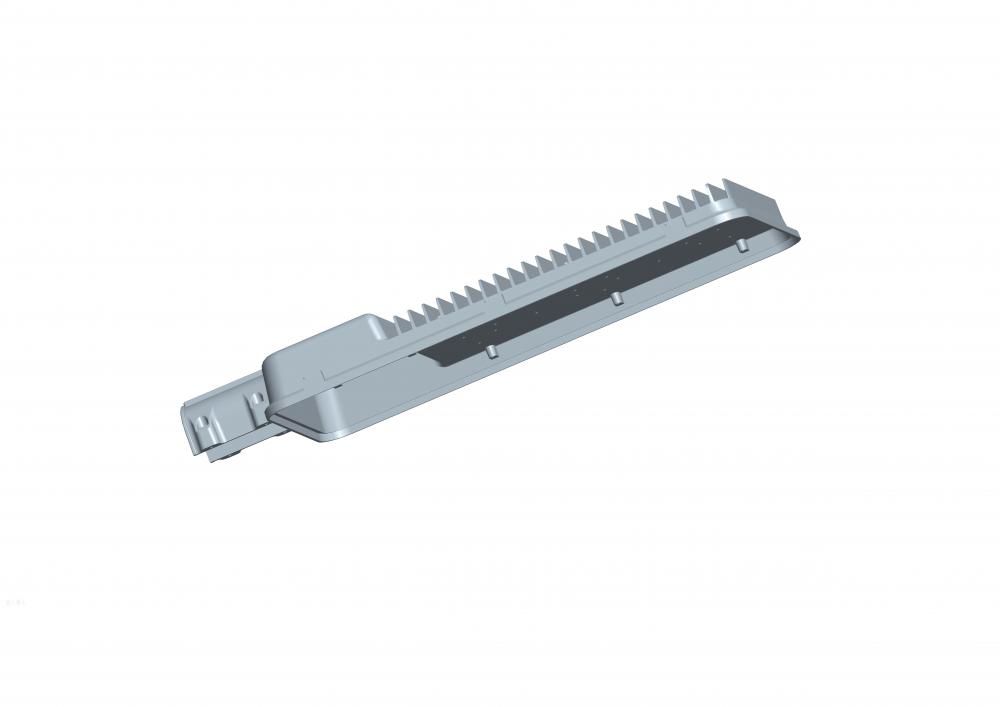"Industrial Waterproof Coatings Harmful Substances" Industry Standard was issued
Its excellent waterproof performance, easy construction and other features make it attractive to the engineering community. However, in the production of waterproof coatings, some companies use tar and other toxic substances as solvents, and harmful substances are volatilized in the process of production and construction. As a result, workers are poisoned and killed every year. This not only seriously pollutes the environment but also jeopardizes production and construction. Personnel health.
Currently, there are no determination standards and applicable measurement methods for "non-tar" and "green" waterproof coatings sold on the market. Waterproof coating market, muddy sand, all kinds of fish and dragons mixed, good and bad, true and false hard to distinguish, the development of a unified national "construction of waterproof paint harmful substances" industry standards become a top priority.
A few days ago, the National Lightweight and Decorative Building Materials Standardization Technical Committee held an industry review meeting for the “Restriction of Hazardous Substances in Building Waterproof Coatings.†The meeting reviewed and passed the standard, and it is recommended that it be submitted to the National Development and Reform Commission for approval, promulgation, and implementation as soon as possible. In order to formulate the "Restriction of Hazardous Substances in Building Waterproof Coatings" industry standard, it is responsible for drafting standard units.
China Chemical Construction Corporation Suzhou Waterproof Materials Research and Design Institute, Building Materials Industry Technology Supervision Research Center Organized well-known domestic scientific research institutes, quality inspection agencies and China Construction Materials Inspection and Certification Center, Beijing Institute of Building Materials Science, Shanghai Academy of Building Research Shenzhen Institute of Building Science has widely collected various types of waterproof coatings on the production and waterproof markets across the country and conducted three systematic test verifications to determine the “industrial limits for hazardous substances in building waterproof coatingsâ€. Technical indicators and applicable test methods.
In the test verification process, the same sample was found, and the test results of some technical indicators in different laboratories were quite different. In order to reduce the experimental error in the laboratory and improve the reproducibility of the test method, the test results can accurately reflect the content of harmful substances in the waterproof coating. The scientific research institutes and quality inspection agencies that participated in the test verification have met many times to analyze the test results. , Looking for reasons, from the sampling, storage time and preparation to test conditions, details of the operation, the calculation of test results, etc., one by one listed, compare each other, find differences, achieve unity, so that the five units participating in the test verification in the test method The maximum possible consistency is to ensure the accuracy and comparability of the test results and to provide a reliable scientific basis for standard setting.
The formulation of the "Industrial Waterproofing Coatings Harmful Substance Limits" industry standard is a scientific and technological achievement obtained through the collaborative efforts of research institutes, quality inspection agencies and production companies. Six domestic research institutes and quality inspection agencies participate in the drafting and undertake the task of experimental research. Eight well-known domestic waterproof coating companies participated in the drafting, including Guangdong Keshun, Shanghai Tunnel, Wet Kewei, Beijing Donghai, and Dongfang Yuhong.
BASF China also actively participated in the drafting of standards. In the examined and passed “Industrial Waterproofing Coatings Harmful Substances Limits†industry standard, the stipulated standards “apply to auxiliary materials used for building waterproof coatings and waterproof materialsâ€.
Waterproof coatings are classified into Class A and Class B according to the content of harmful substances. Grade A is an environmental protection type waterproof coating; Grade B content as a threshold for waterproof coatings to enter the market is the minimum requirement that waterproof coatings must meet.
According to the nature of the building waterproof coating is divided into: water-based, reactive, solvent-based three types of waterproof coatings. Water-based and reactive waterproof coatings are classified into A and B according to the content of harmful substances, and only solvent-based waterproof coatings are of Class B.
Standard requirements for the sum of volatile organic compounds (VOC), free formaldehyde, benzene, toluene, ethylbenzene, and xylene, soluble heavy metals (lead, cadmium, chromium, mercury), phenol,è’½, naphthalene, free TDI, etc. were separately specified. The limit of harmful substances in water-based waterproof coatings is stricter than that specified in GB18582-2007 "Limits for Harmful Substances in Interior Decoration Materials for Interior Wall Coatings" (approved draft).
LED street lights are a modern and energy-efficient lighting solution for public spaces such as roads, highways, and parks. They use light-emitting diodes (LEDs) to produce bright and uniform light while consuming less energy than traditional street lights.
LED street lights are available in a range of wattages and luminous fluxes, allowing for customization to meet the specific lighting needs of different spaces. They also have a long lifespan, reducing maintenance costs and minimizing the need for frequent replacements.
In addition to their energy efficiency and durability, LED street lights offer other benefits such as instant-on lighting, dimming capabilities, and the ability to integrate with smart city technologies for improved management and control.
Overall, LED street lights are a reliable and sustainable lighting solution that can help cities and communities reduce their energy consumption and carbon footprint while providing safe and efficient lighting for public spaces.

LED street light housing,Streetlight Empty Housing,Outdoor Light Housing,Street Light Fixtures,Street Light Die Casting Housing
Yangzhou M.T. New Energy & Lighting Group Co., Ltd. , https://www.mtstreetlight.com